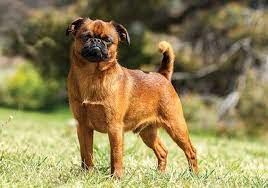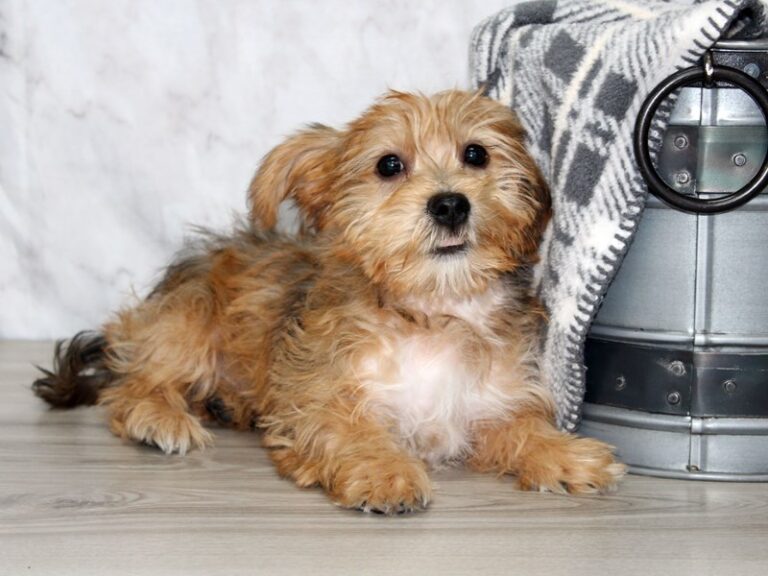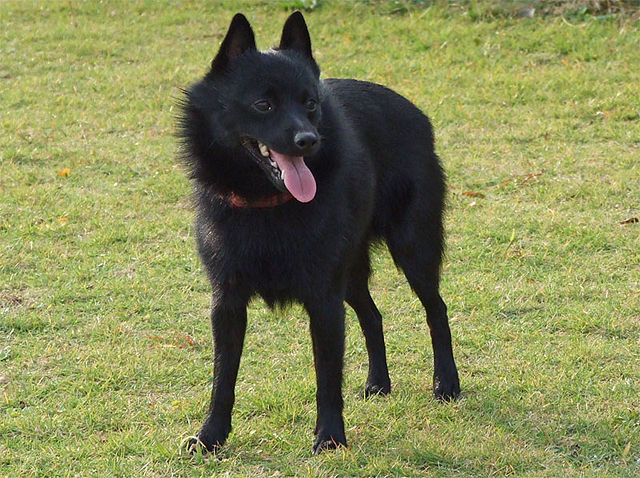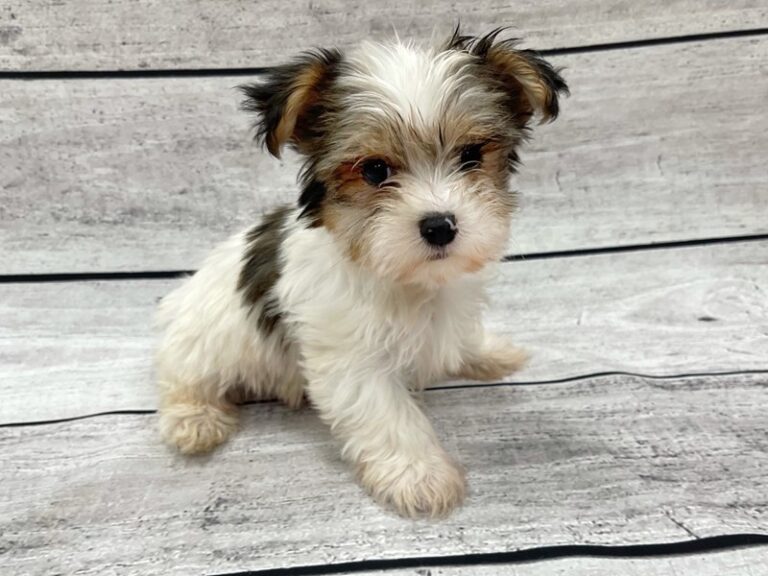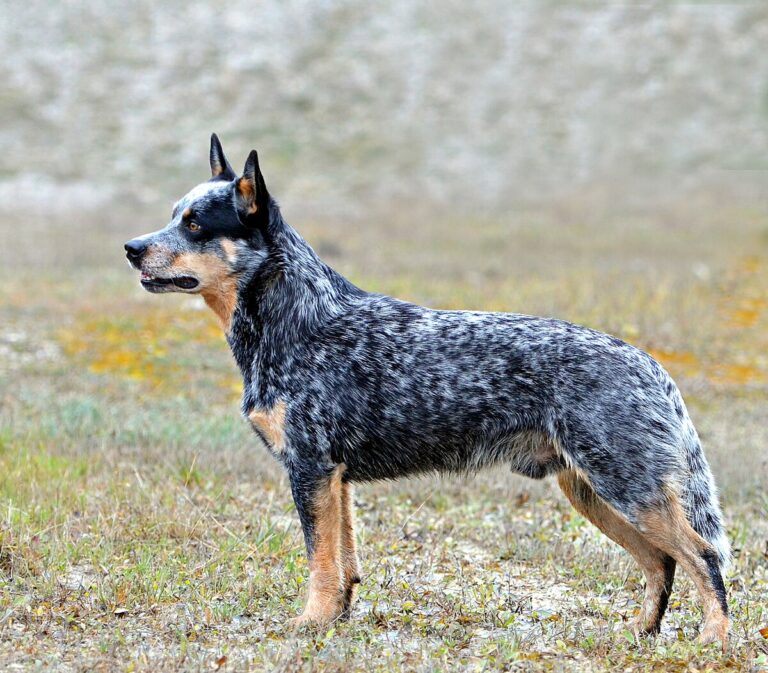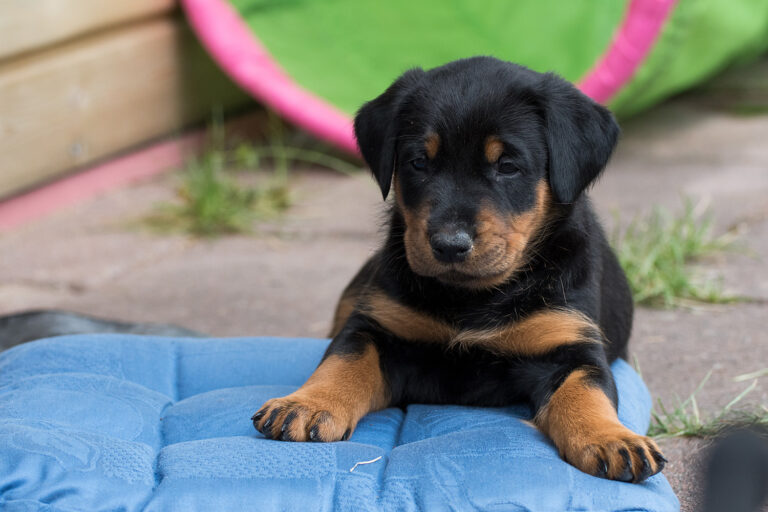Finnish Spitz: The Barking Bird Dog of the North
The Finnish Spitz, affectionately known as the “Finkie” or “Finnish Barking Bird Dog,” stands as a proud testament to Finland’s rich hunting heritage.
With its fox-like appearance and distinctive vocal nature, this ancient breed has evolved from a versatile hunting companion to a beloved family pet, though it remains relatively rare outside its native Finland.

A Heritage Rooted in Finnish History
The Finnish Spitz’s story begins thousands of years ago when the Finno-Ugrian people migrated from central Russia to what is now Finland. These early settlers brought with them spitz-type dogs that would eventually evolve into today’s Finnish Spitz. Archaeological evidence suggests that similar spitz-type dogs existed in the region as far back as 8,000 years ago, making the Finnish Spitz one of the oldest known dog breeds.
By the late 19th century, the breed had nearly vanished due to crossbreeding with other dogs. Two Finnish sportsmen, Hugo Roos and Hugo Sandberg, recognized the importance of preserving this native breed and began a careful breeding program in the 1880s to restore the Finnish Spitz to its original form. Their efforts proved successful, and in 1892, the first breed standard was established in Finland, where the breed is known as the Suomenpystykorva (meaning “Finnish Pricked-Ear Dog”).
Distinctive Appearance and Physical Characteristics
The Finnish Spitz possesses a distinctive appearance that reflects its northern heritage. Their most striking feature is their luxurious double coat, which comes in various shades of red-gold, ranging from pale honey to deep auburn.
The breed standard accepts variations in color intensity, though the coat should always be brightest on the shoulders, and darker shades along the back are common. White markings, while not preferred in show dogs, may appear as small spots on the chest or feet.
Their fox-like face is characterized by small, almond-shaped dark eyes that convey an alert and lively expression. The breed’s hallmark pointed ears stand erect and are highly mobile, rotating like radar dishes to catch sounds from all directions. Their tail is another distinctive feature, carried curled over the back in a graceful arch, particularly when the dog is excited or alert.

Size and Physical Structure
Finnish Spitz dogs are medium-sized, well-proportioned animals with a square build. Males typically stand 17.5 to 20 inches at the shoulder, while females are slightly smaller at 15.5 to 18 inches.
In terms of weight, males generally range from 25-33 pounds, with females weighing between 20-28 pounds. Despite their moderate size, they are remarkably agile and possess the athletic build necessary for their traditional hunting role.
Investment in a Finnish Friend: Puppy Costs
For those interested in adding a Finnish Spitz to their family, expect to invest considerably in a well-bred puppy. In the United States, puppies from reputable breeders typically range from $2,500 to $4,000.
This higher price point reflects several factors: the breed’s rarity in North America, the careful breeding practices required to maintain healthy bloodlines, and the comprehensive health testing responsible breeders conduct on parent dogs.
Intelligence and Trainability
Finnish Spitz dogs possess high intelligence and an independent nature that can make training both rewarding and challenging. These dogs were bred to work at a distance from their hunters, making independent decisions while tracking and treeing game birds. This heritage manifests in a certain stubbornness that can challenge novice trainers.
Recent studies in canine cognition suggest that ancient breeds like the Finnish Spitz often display strong problem-solving abilities but may be less focused on human direction compared to breeds developed specifically for obedience.
Success in training requires patience, consistency, and positive reinforcement methods. Early socialization is crucial, as these dogs can become shy or reserved with strangers if not properly exposed to various people and situations during their formative months.

Temperament and Personality
The Finnish Spitz exhibits a fascinating blend of independence and devotion to their family. They are known for forming strong bonds with their human companions while maintaining a dignified and somewhat cat-like self-sufficiency. These dogs are naturally vigilant and make excellent watchdogs, though their friendly nature means they’re typically more likely to alert their family to visitors than show any aggression.
Their hunting heritage has endowed them with a strong prey drive, which can manifest in an intense interest in small animals and birds. This characteristic needs to be managed through proper training and controlled exercise environments. Within the family unit, they display remarkable sensitivity to their owners’ emotions and can be quite affectionate, though they typically choose when and how to show this affection.
Exercise Requirements and Activity Levels
Finnish Spitz dogs maintain high energy levels well into adulthood and require significant daily exercise to remain physically and mentally balanced. Research indicates that working breeds like the Finnish Spitz need at least 60-90 minutes of active exercise daily, divided into multiple sessions. This should include both physical activity and mental stimulation.
Their exercise routine should ideally include opportunities for off-leash running in secure areas, as these dogs have remarkable endurance and enjoy the freedom to explore. However, their strong hunting instincts mean they should only be allowed off-leash in safely enclosed spaces.
The Vocal Nature of the Breed
Perhaps the most notable characteristic of the Finnish Spitz is their distinctive vocalization. These dogs were bred to “bark tree” game birds, meaning they would alert hunters to birds in trees through their barking. A skilled hunting Finnish Spitz can produce up to 160 barks per minute, earning them the nickname “King of the Barkers” in their native Finland.
This vocal nature continues in modern Finnish Spitz, making them less suitable for apartment living or noise-sensitive environments. However, with proper bark training and management, their barking can be controlled to acceptable levels. It’s important to note that their barking serves a purpose and is an integral part of their heritage rather than a behavioral issue.
Adaptability and Living Situations
While Finnish Spitz can adapt to various living situations, they are best suited to homes with secure, fenced yards. Their high energy levels and vocal nature make apartment living challenging, though not impossible with sufficient exercise and training.
These dogs thrive in cooler climates, thanks to their weather-resistant double coat, but can adapt to warmer regions if provided appropriate shelter and climate control.
Independence and Alone Time
Finnish Spitz typically handle alone time reasonably well when properly trained and exercised. However, they shouldn’t be left alone for extended periods regularly, as they can develop destructive behaviors out of boredom or anxiety. Most well-adjusted adults can manage 4-6 hours alone, provided they receive adequate exercise and mental stimulation when their owners are present.
Grooming and Shedding
The breed’s double coat requires regular maintenance but is relatively easy to care for. They experience two major shedding periods annually, during which daily brushing becomes necessary to manage the flood of loose fur.
Outside of shedding seasons, weekly brushing usually suffices to maintain coat health and cleanliness. Their natural coat tends to shed dirt and rarely needs bathing unless they get particularly dirty.
Health Considerations and Longevity
Finnish Spitz dogs are generally blessed with robust health, thanks to careful breeding practices in their native Finland and a relatively small global breeding population that has helped maintain genetic integrity. While their average life expectancy ranges from 11-13 years, many individuals live longer when provided with proper care and regular veterinary attention.
However, like all purebred dogs, they are susceptible to certain hereditary health conditions that potential owners should be aware of.
Primary Health Concerns
Hip Dysplasia: This hereditary condition affects the hip joint’s formation, where the ball and socket don’t fit or develop properly. Recent studies indicate a relatively low incidence rate in Finnish Spitz compared to other similarly-sized breeds, but it remains a concern that responsible breeders screen for.
Symptoms can include:
- Decreased activity level
- Difficulty rising from rest
- Reluctance to climb stairs or jump
- “Bunny hopping” gait
- Pain or stiffness in rear legs
Elbow Dysplasia: Similar to hip dysplasia, this developmental abnormality affects the elbow joint. While less common than hip dysplasia in the breed, it can cause significant discomfort and mobility issues if left untreated. The condition typically becomes apparent in growing puppies between 4-10 months of age.
Patella Luxation: This condition, where the kneecap (patella) slips out of its normal position, occurs in varying degrees of severity. The Finnish Spitz has a lower incidence rate compared to many small and medium-sized breeds, but breeding stock should still be screened. Clinical signs may include:
- Intermittent lameness
- Skipping or hoping while running
- Temporary inability to bend the knee
Progressive Retinal Atrophy (PRA): This inherited eye condition causes gradual deterioration of the retina, eventually leading to blindness. The Finnish Spitz version typically manifests as an adult-onset form, with symptoms beginning between ages 4-8. Genetic testing can identify carriers, and responsible breeding programs work to eliminate this condition from bloodlines.
Secondary Health Considerations
Beyond these primary concerns, Finnish Spitz owners should be aware of several other health issues that can affect the breed:
Epilepsy: While not as common as in some other breeds, idiopathic epilepsy has been documented in Finnish Spitz bloodlines. The condition typically manifests between 6 months and 3 years of age. Research suggests a genetic component, though the exact inheritance pattern remains unclear.
Dental Issues: The breed can be prone to dental problems, including early tooth loss and periodontal disease. Regular dental care, including brushing and professional cleanings, is essential for maintaining oral health.
Hypothyroidism: Though not extremely common, cases of hypothyroidism have been reported in the breed. Symptoms can include:
- Weight gain despite normal eating habits
- Lethargy
- Coat changes
- Skin problems
- Intolerance to cold
Breed-Specific Health Monitoring
Due to their hunting heritage and high activity levels, Finnish Spitz require regular monitoring of:
Joint Health: Their active nature can put stress on joints, making regular check-ups important for early detection of any developing issues.
Eye Health: Besides PRA, regular eye examinations can detect other potential issues early, including cataracts and glaucoma.
Dental Health: Their relatively small jaw size can lead to overcrowding, making dental hygiene particularly important.
Preventive Care and Management
To maintain optimal health, Finnish Spitz owners should implement a comprehensive preventive care program:
Regular veterinary check-ups: Annual examinations are essential, with semi-annual visits recommended for dogs over 7 years old.
Genetic Testing: Responsible breeders conduct several genetic tests, including:
- Hip and elbow evaluations (OFA or PennHIP)
- Eye examinations by board-certified veterinary ophthalmologists
- DNA tests for PRA and other inherited conditions
- Patella evaluations
Diet and exercise: A balanced diet appropriate for their age and activity level, combined with regular exercise, helps maintain healthy weight and joint function. Studies suggest that maintaining proper weight in the first two years of life significantly reduces the risk of joint problems later.
Environmental considerations: Their double coat requires attention to temperature regulation, particularly in warmer climates, to prevent heat stress.
Health Record Documentation
Maintaining detailed health records is crucial for Finnish Spitz owners. This should include:
- Annual check-up findings
- Vaccination history
- Regular parasite prevention treatments
- Any unusual symptoms or behaviors
- Exercise tolerance changes
- Dietary adjustments
- Genetic test results
Suitability for First-Time Dog Owners
While Finnish Spitz can make wonderful companions, they may present challenges for first-time dog owners. Their independent nature, high exercise needs, and vocal tendencies require an owner who is committed to consistent training and has the time for regular exercise and engagement.
However, their intelligence and affectionate nature can make them rewarding pets for dedicated owners willing to invest in proper training and socialization.
Compatibility with Children
Finnish Spitz typically do well with children, especially when raised with them from puppyhood. Their playful nature and medium size make them suitable playmates for older children who understand how to interact respectfully with dogs. But, as with any breed, interactions between dogs and young children should always be supervised.
Breed Recognition and Standards
The Finnish Spitz is fully recognized by major kennel clubs worldwide, including the American Kennel Club (AKC), where it was officially recognized in 1988. The breed is classified in the Non-Sporting Group by the AKC, though this classification somewhat belies their hunting heritage. In the Fédération Cynologique Internationale (FCI), they are more appropriately placed in Group 5 (Spitz and Primitive Types), Section 2 (Nordic Hunting Dogs).
In Finland, the breed holds a place of special honor as the national dog, reflecting its cultural significance and the country’s commitment to preserving this ancient hunting companion. This recognition has helped maintain strict breeding standards and ensure the preservation of the breed’s distinctive characteristics for future generations.
In summary
The Finnish Spitz represents a fascinating blend of ancient heritage and modern companionship, offering potential owners a unique combination of intelligence, loyalty, and distinctive charm. While their vocal nature and high exercise needs might not suit every lifestyle, these alert and affectionate dogs can be wonderful family companions for the right owners who appreciate their special characteristics and are willing to invest time in training and exercise.
Their relatively good health, striking appearance, and dedicated nature make them a rewarding choice for those seeking a dog that stands out from the crowd. Whether serving as an active family pet or participating in dog sports, the Finnish Spitz continues to captivate dog lovers with its fox-like appeal and engaging personality, proving that this ancient breed from the forests of Finland has much to offer in today’s modern world.
